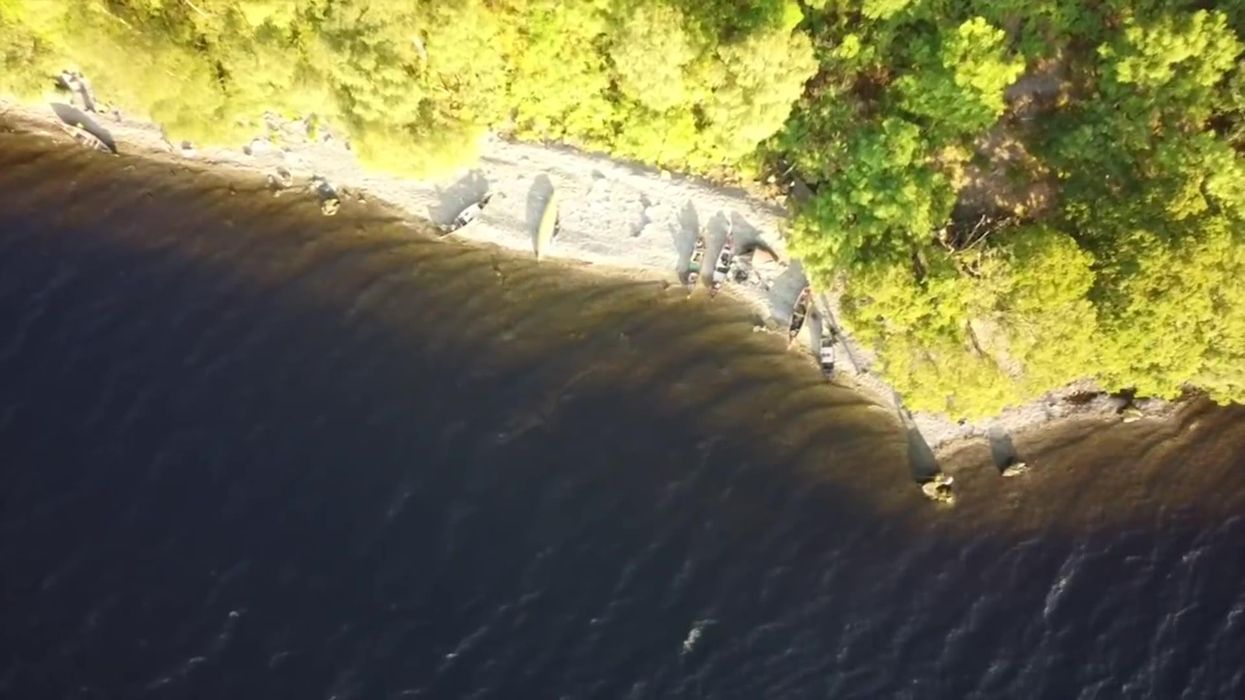Ellie Abraham
Jul 27, 2022
‘Loch Ness Monster' spotted lurking near shore by wild camper
Video
The mythical Loch Ness Monster may not be as mythical as once thought as experts at a British university have discovered new information that makes its existence plausible.
In the biggest shakeup to the Scottish folklore story, scientists from The University of Bath have found evidence that aquatic reptiles, known as plesiosaurs, could have lived in freshwater.
In Morocco's Sahara Desert, experts from the institution found fossils of small plesiosaurs in a 100-million-year-old river system which suggests the animals lived in freshwater environments.
Alleged sightings of “Nessie” have described the monster as having a long neck and small head, which would be similar with what scientists believe plesiosaurs to have looked like.
Believers of the Loch Ness Monster have previously suggested that it could have been a prehistoric reptile.
Sign up to our free Indy100 weekly newsletter
But, until now, their claims have been dismissed as scientists previously believed that such animals had to live in saltwater environments to survive.
Thanks to the university’s discovery, the existence of the Loch Ness Monster in one of Scotland’s lakes may not require such a stretch of the imagination.
Among the university’s fossil haul from the ancient river bed were vertebrae of a plesiosaur, the bones and teeth from a 3-metre long adult and an arm bone from a 1.5-metre baby.
Dave Martill, Professor of Palaeobiology at the University of Bath, said: “What amazes me is that the ancient Moroccan river contained so many carnivores all living alongside each other.
“This was no place to go for a swim.”
Additionally, Dr Nick Longrich, a corresponding author on the paper, said: “We don’t really know why the plesiosaurs are in freshwater.
“It’s a bit controversial, but who’s to say that because we palaeontologists have always called them ‘marine reptiles’, they had to live in the sea? Lots of marine lineages invaded freshwater.”
Have your say in our news democracy. Click the upvote icon at the top of the page to help raise this article through the indy100 rankings.
Top 100
The Conversation (0)














